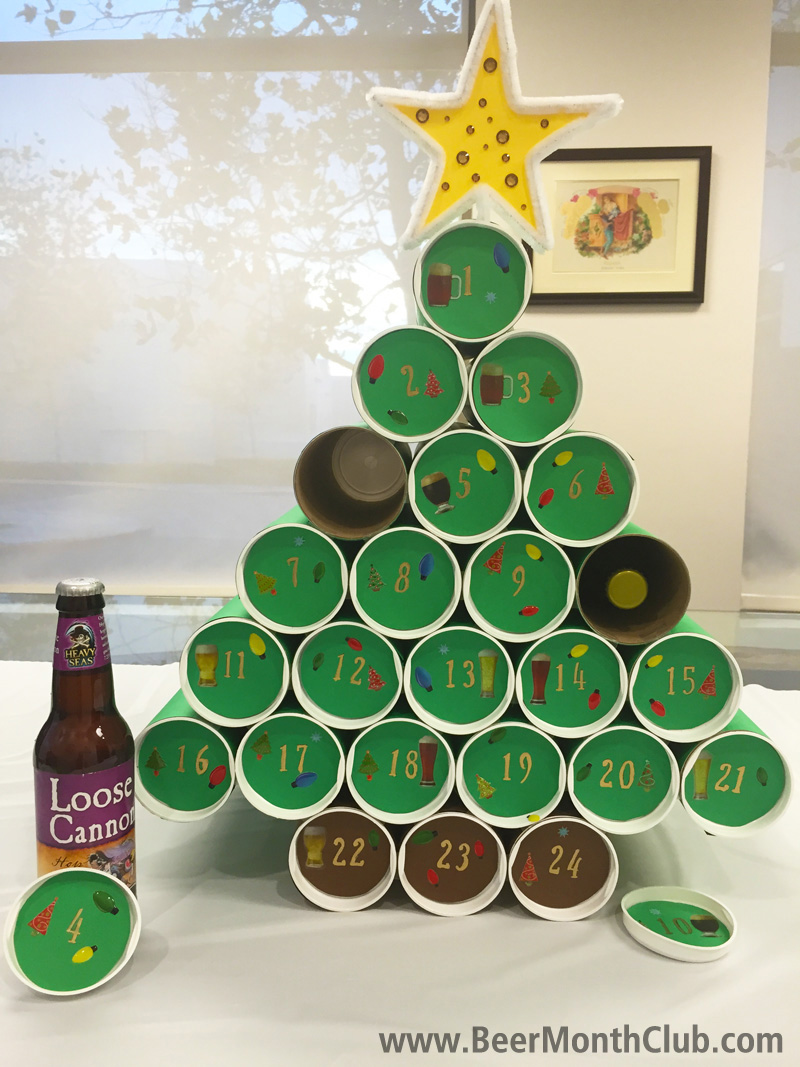 The glossary of Martyn Cornell’s authoritative Amber Gold & Black is kind, especially for this particular reader, in its clear definition of old ale. Cornell puts it as follows: “a name given to any strong aged pale or brown beer.” Things vary, as they tend to. What constituted old ale often depended on one’s time and location, and Cornell unpacks some relations between old ales and other historical strong groups—Burton ales, stock ales, etc.—in the chapter “Barley Wine and Old Ale.” The chapter also highlights a scene from the book Wives and Daughters by Elizabeth Gaskell, wherein a certain Squire Hamley offers his visiting physician a glass of old ale, from a cask that he had been cellaring since the birth of his first son, Osborne.
The glossary of Martyn Cornell’s authoritative Amber Gold & Black is kind, especially for this particular reader, in its clear definition of old ale. Cornell puts it as follows: “a name given to any strong aged pale or brown beer.” Things vary, as they tend to. What constituted old ale often depended on one’s time and location, and Cornell unpacks some relations between old ales and other historical strong groups—Burton ales, stock ales, etc.—in the chapter “Barley Wine and Old Ale.” The chapter also highlights a scene from the book Wives and Daughters by Elizabeth Gaskell, wherein a certain Squire Hamley offers his visiting physician a glass of old ale, from a cask that he had been cellaring since the birth of his first son, Osborne.
“You must have a glass full,” he says. “It’s old ale, such as we don’t brew now-a-days. It’s as old as Osborne. We brewed it that autumn and we called it the young Squire’s ale.”
It’s worth noting Osborne was over 21 at this time, and that the physician “had to sip it very carefully as he ate his cold roast beef” due to the aged beer’s potency. It’s interesting to think just how long we have been able to create beers that can last for decades… At RateBeer.com, the old-ale style descriptions (presumably still overseen by the well-traveled Josh Oakes) note there are at least three or four styles coalescing under the ‘old ale’ umbrella. But I particularly dig the last sentence, which reflects my own skewed experience stateside: “For me, these are robustly malty beers, akin to a top-fermented version of a dopplebock.” And they often are.
Have you gotten to check out any old-ale releases? AleSmith, Kuhnhenn, The Bruery, North Coast and Harviestoun are all reliable spots to check for cellarable examples. Any hitting the spot? Sampled a beer as old as Osborne? Join the conversation on Twitter @RareBeerClub.



